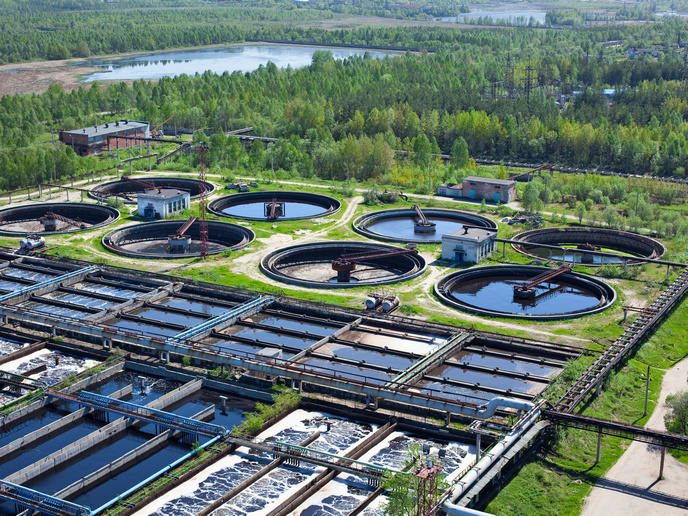Tiny material, big problem: assessing the impact of nanocomposite pollutants
An increasing number of engineered nanomaterials (ENMs) are being created with the goal of improving ordinary daily products such as clothes and food packaging. Some of these materials occur as complex structures known as nanocomposites. When nanocomposites get into our waste water, little is known about their effect on the environment, warns researcher Patryk Oleszczuk, head of the Radiochemistry and Environmental Chemistry Department at Maria Curie-Skłodowska University. The SAFEnano project set out to remedy that gap in research, showing the properties of nanocomposites change during water purification processes, and determining the way they behave and interact with other pollutants. “Different contaminants that were previously weakly bound can be bound more tightly or more weakly as a result of the modification, which means the ENMs could act as a Trojan Horse for these contaminants,” says Oleszczuk, whose work was supported by the Marie Skłodowska-Curie Actions programme.
New materials, new risks
He worked with an interdisciplinary team to investigate the physicochemical and ecotoxicological properties of ENMs as well as their interaction with other pollutants. Previous research has tended to focus on single issues or on ENMs as nano-sized pure elements, investigating their effects when they are released into water during clothes washing, or into food. But increasingly, ENMs occur as more complex structures and there is an influx of them in sewage, meaning risk research needs to move beyond pure ENMs, notes Oleszczuk. “Our research has shown you cannot assess environmental risk based purely on pristine ENM,” he explains. “You also need to take into account processes that can change ENM properties, which may affect their behaviour and toxicity.” Environmental nanotechnology is a growing field, but efforts and funding often go to those focused on developing new materials for applications such as energy production and storage or agriculture.
A growing problem
Oleszczuk believes society is in danger of forgetting the importance of evaluating the consequences of those materials once they get into the environment. “There is still a lack of researchers, and especially research, addressing the issue,” he says. SAFEnano’s work is just a first step towards evaluating the environmental risk from the way ENMs are modified during environmental processes with other pollutants. “The number of nanocomposites created is massive and new ones are being created every year,” adds Oleszczuk. “A lot of work awaits us to maintain the safe use of ENMs.”
Keywords
SAFEnano, engineered, nanomaterials, ENM, nanocomposites, contaminants, pollutants, water







